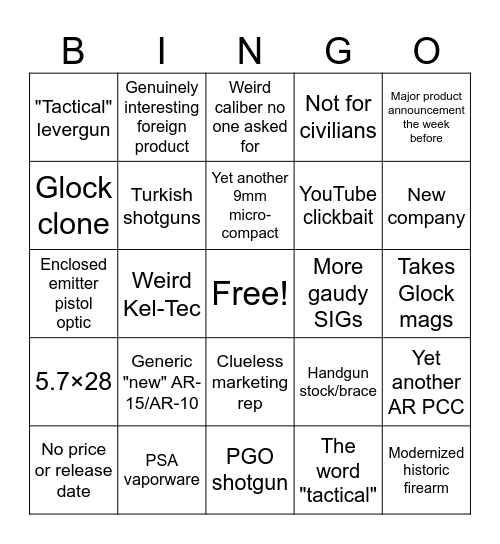As more people obtain a concealed carry (CCW) permit, the idea of the Good Samaritan increasingly comes up for discussion. Specifically, as a legally armed citizen, should you get involved in an incident to help a stranger.
I’ve written about this subject in the past but it’s worth revisiting. Should you intervene to help a stranger? I’ve recently come across an article written by a man who did just that. Aaron Kreag shares his story here. The article is very well written and is definitely worth a few minutes of your time. Kreag address a number of issues that are worth consideration.
Without giving away Kreag’s story, I’ll touch on some of the areas that he examines as he relates his experience. Again, please take the time to read Kreag’s article (and the reader comments). The lessons from his first hand experience are invaluable.
The Incident– The incident in the article is something that could happen to any of us. A legally armed citizen witnesses a female being violently assaulted by a male. Do you ignore it? Do you call 911? Do you intervene? All of these choices have consequences. All of these choices have risks. The choice you make will have a number of possible outcomes, some good, some not so good. Do the possible outcomes justify the risk? These are things you should consider long before you are in the situation.
The Media– An unfortunate reality in our society today is that we have a biased and often dishonest media. Gun owners are almost always portrayed in a negative light. A gun owner involved in an incident, regardless of the facts, will almost certainly be painted as the bad guy. This negative portrayal will be magnified if someone is shot or killed, even if the citizen’s actions were completely justified and legal. The effects of this negative portrayal are likely to be wide and long lasting.
Mental and Emotional Stress– We all probably agree that the mental and emotional cost of having to shoot another human being is significant. But what about incidents where a shot is never fired? It turns out that the cost can be high for these incidents as well. Kreag shares his experience in this area.
Legal Aftermath– I’ve said this before but it’s worth repeating; if you’re a legally armed citizen please consider carry insurance. There are many options (ACLDN, USCCA, and FLP are three) available and one is right for you. Kreag didn’t have insurance and was extremely lucky in the way his incident worked out. Those of us who live in areas having aggressively anti-second amendment governments are unlikely to be so fortunate.
What to Change– Kreag takes a critical look at his experience and writes about the things he would do differently. This is an interesting section and tends to make the reader consider possible responses to this scenario.
Would He Do It Again– The experience certainly changed Kreag’s perspective and will influence his response should he find himself in another situation. His conclusions will likely influence the reader’s anticipated response as well.
The intent here is not to suggest one response or another. The intent here is to encourage legally armed citizens to consider the consequences of their possible choices long before they have to make them. Remember you are risking everything should you choose to intervene. Be responsible. Be smart. Be safe.
Consider also that the person you are trying to help had the same opportunity as you to acquire the means of self-protection and, for whatever reason, chose not to. Additionally, that person may not ultimately agree with your decision to intervene.
Fortunately as Americans, we have the right to protect ourselves and our loved ones. We have the right to use firearms when required.
If you want to keep your rights defend them by joining San Diego County Gun Owners (SDCGO), the California Rifle and Pistol Association (CRPA), and the National Rifle Association (NRA). Join the fight and help us restore and preserve our second amendment rights. Together we will win.
©2019 Joseph T Drammissi





Comments